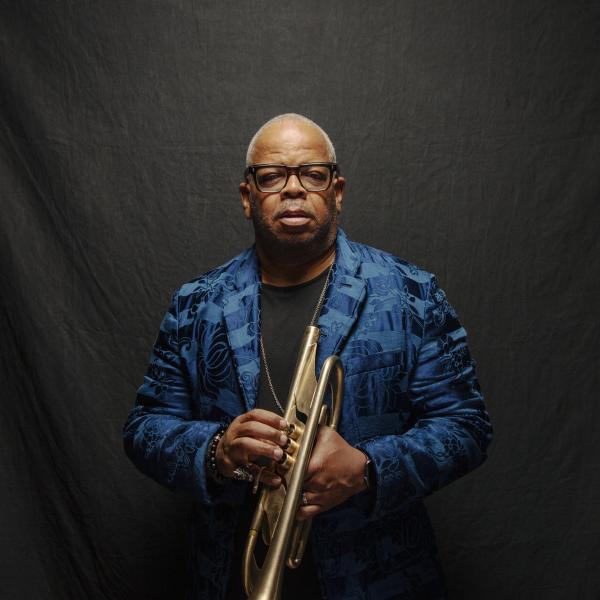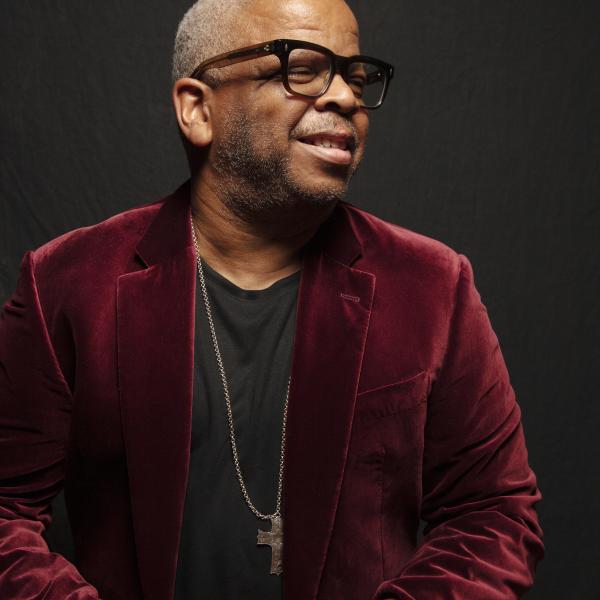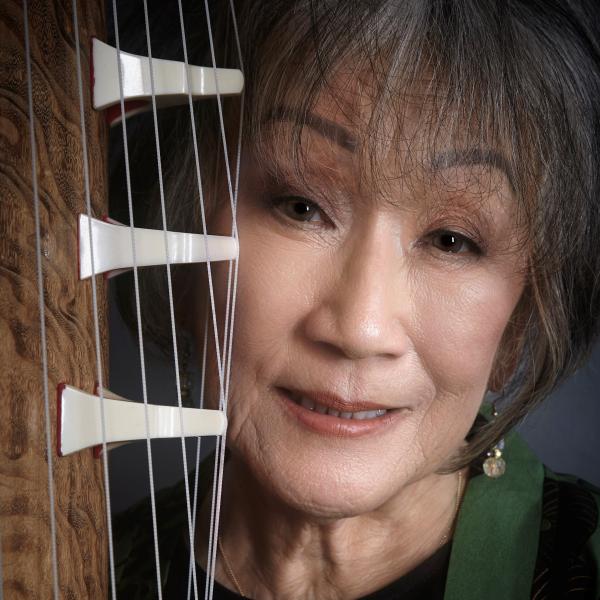Giddins on Ellington - Blog
Transcript of Gary Giddins audio
He's not somebody who needed solitude or who went to some mountain airy, he composed in hotel rooms, on trains. He wrote down ideas when he got them sometimes on his shirt cuff. I remember going to hear the band in the late sixties and they had just hired a bass player, young man named Jeff Castleman, and he showed me the bass book, which he inherited, which had gone from bass player to bass player, you know, over decades. And as he was showing me some of the scores, which were, you know, four bars on this one and, you know, a page here, a cocktail napkin drifted out of the folder. And I picked it up, and he said "Yeah, that’s the entire music for—-" I forget what the piece was now, but Ellington had just written down a bass idea for him, and that was all he had to know, everything else he would create on the bandstand. And then he loved-- he collaborated, I mean, a lot of his most celebrated ideas he took from guys in the band, and it was quite, you know, above board about that for the most part. "Mood Indigo" was based in part on a melody that his clarinetist Barney Bigard had heard in New Orleans. But what makes "Mood Indigo" a legendary piece of music, first of all, the bridge or the counter-melody, the second melody, which is pure Ellington and the voicing, which, you know, the three musicians who play the theme of "Mood Indigo," a clarinet, trumpet and a trombone and he creates out of those three a very eerie, unforgettable exquisite sound that, you know, you just sit there and wonder "How does he do that?" (Music)




